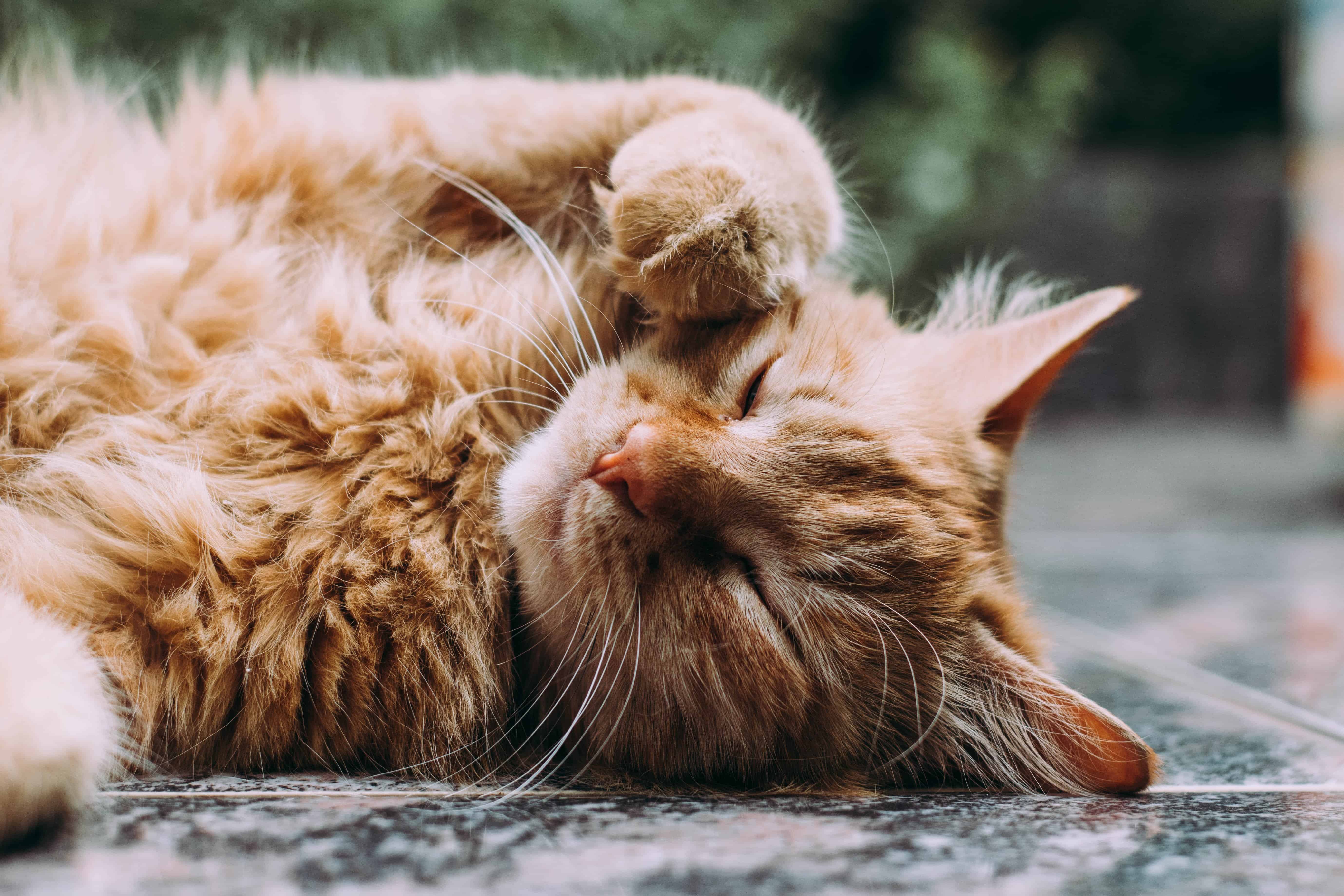Have you ever been peacefully petting a purring cat, only to have them turn around and swat or try to bite you? Ever felt hurt, maybe even a little betrayed by your furry friend? Cats are interesting creatures with complicated social cues. Feline aggression can occur unexpectedly for a multitude of reasons and can be difficult to predict. By learning to recognize causes and signals of feline aggression, you will be better able to help your feline friend feel more comfortable and minimize the risk of triggering less than desirable behavior.
 How Can You Tell if a Cat is Becoming Aggressive?
How Can You Tell if a Cat is Becoming Aggressive?
It can be difficult to identify signs that a cat may be about to exhibit aggressive behavior. Signs such as the following can be indicative of fear, aggression, and may serve as a warning to prevent aggression from escalating.
Signs of Aggression
- Dilated pupils
- Fast tail twitching or thrashing
- Direct stare
- Crouched posture
- Ears flattened or oriented backward
- Raised hair along spine
- Stiff posture
- Vocalization such as hissing, growling, or yowling
- Swatting
- Biting
Signs of Fearful Behavior
- Hunched or tucked posture
- Frozen position
- Tail tucked close to body
- Avoiding eye contact
- Crouching
- Wide eyes
- Flattened or tucked ears
 What Triggers Feline Aggression?
What Triggers Feline Aggression?
Several factors can trigger aggressive behavior in cats. Fear, pain, playing, territory, even other cats can lead to aggression in cats.
Fear Aggression
Changes in the household or environment such as new people, loud noises, other pets, or even different smells can create stress for a cat, making them feel unsafe. A scared cat may hide, vocalize, or run away suddenly. If pushed in these types of situations without an escape route, the stimulated fearful cat may exhibit aggressive behavior in an effort to protect itself.
Pain
Pain can cause a cat discomfort, which can lead to aggression to prevent scenarios that may trigger, prolong, or escalate pain. Cats are naturally stoic animals and do not show pain outwardly. Signs like hiding, decreased appetite, unusual behavior, or hesitation when jumping or moving may be signs of pain in cats. Consult your veterinarian if you think your cat may be exhibiting any of these signs to discuss a plan for your kitty.
Predatory Play Behavior
Some cats may exhibit play behavior towards humans that can be categorized as aggressive. This is commonly seen in hand raised kittens and kittens raised without littermates. Redirecting the cat’s attention to a toy or an appropriate play behavior can help prevent aggression from escalating. Using a collar with a bell or preventing situations where the behavior occurs can be helpful to reduce incidents.
 Territory Aggression
Territory Aggression
Cats are creatures of habit and routine. Some cats may become protective of their territory if changes occur in their environment. Changes such as new animals, new people, major renovations may trigger territorial aggression. Cats may mark their territory by spraying, rubbing their chin on furniture or areas surrounding, and patrolling. Offenders may be chased off or swatting, vocalization and aggressive behavior may be exhibited. If your cat has recently developed territorial aggression, please consult your veterinarian to discuss a behavior plan for your pet.
Inter-Cat Aggression
Similar to territorial aggression, introduction of new cats in the household can lead to stress and behavioral outbursts. When introducing a cat into your environment, it can be helpful to consult your veterinarian on how best to introduce cats to help transition them and prevent escalation.
Redirected Aggression
If a cat is startled or upset but unable to address the reason, occasionally behavior may be misdirected and lead to attack of handlers or objects unrelated to the antagonist. Redirected aggression can be the most challenging and dangerous behavior to prevent since it can be seemingly unprovoked.
Petting Aggression
For reasons still poorly understood, some cats may become suddenly aggressive while being pet. Sometimes these episodes are localized to certain areas or positions and may be related to pain.
Consult Your Veterinarian
If your cat is exhibiting troublesome or aggressive behavior at home, please consult your veterinarian to help. Many behavior changes in cats can be localized to a medical condition or can be treated using environmental or behavioral alterations or medication. Routine veterinary care can help identify issues before they become a serious problem. If you notice any unusual behavior or change in your cats routine that is concerning, we recommend consulting with your veterinarian.
If you have any questions about your cats behavior or are considering adopting a new cat in your household, please do not hesitate to contact us or your local veterinarian.

